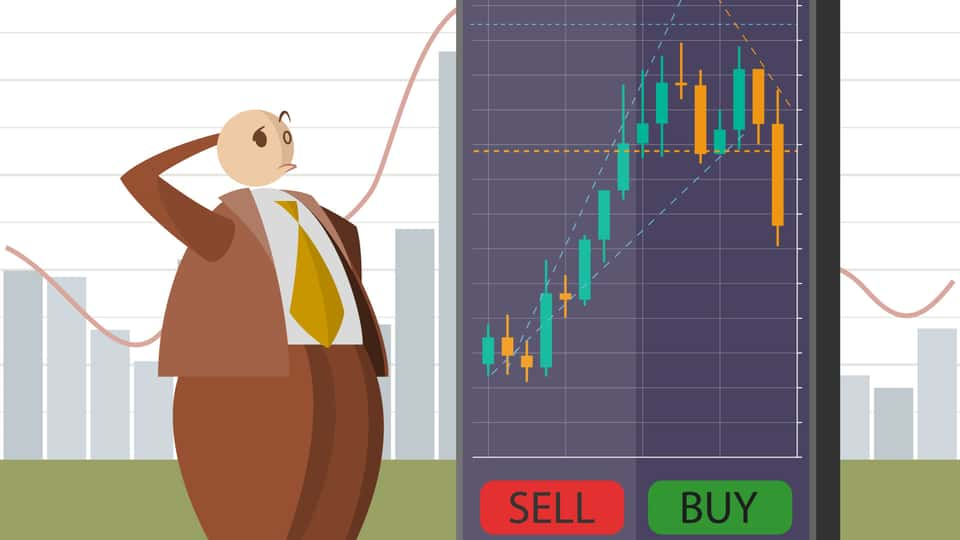Stocks keep grinding to new highs but there’s an uneasy feeling we might get a year end shake out.
On the macro front, trade talks with China still appear to be unresolved. In addition, Home Depot (HD) and Kohl’s (KSS) reported disappointing earnings, sending their shares down 7% and 15% respectively. Of more concern is whether these reports represent a canary in the coal mine, as consumer spending has been the solid bedrock on which the economy and the stock market has been built over the past few months.
That leaves us in a bit of a conundrum, and investors don’t know whether to buy or sell. Many are wishing they could call a timeout, in order to step back and assess the situation heading into the end of the year (especially when one recalls last year’s November/December decimation of the stock market).
Last week I discussed how one could essentially put your stock position on hold, using an option strategy known as a collar. I received a number of emails asking for an expanded explanation, so here we go.
A collar, which is also known as a conversion, is the simultaneous purchase of a put and sale of a call, with both having the same strike and expiration. This can be done in conjunction with a stock purchase, but the strategy is typically used to lock in a profit of an existing long position. Remember, this relates to the at-the-money put and call both having a 0.50 delta with a cumulative value equal to being short 100 shares.
For example, assume you own 1,000 shares of Apple (AAPL) . Suppose the stock has posted a healthy gain over the past few years and is currently trading at $260 You want to lock in a minimum sale price, but for a variety of reasons you don’t want to sell the actual shares at the moment.
A purchase of 10 AAPL $260 puts and the sale of 10 AAPL $260 calls would theoretically lock in a sale price of the stock at $80. The goal is to have the sale of the call finance the purchase price of the put.
Your market view and timing considerations will help determine which strikes and expirations to use. For instance, assume AAPL happens is now counting on solid holiday sales for its new iPhone 11 which might be lumpy due to trade tariff riffs.
But you’re still fundamentally bullish on AAPL’s long term prospects. You could use longer-dated options and buy 10 July 2020 $250 puts for $15 and sell 10 July 2020 $265 calls for $17, you would be expanding your maximum sale an additional $5 to $265.
And more importantly you would also be limiting the minimum sale down to $252, remember you collected $2 in premium. This isn’t a collar in the strictest definition. However, you’re still effectively “collaring” the sale price, only with a wider range.
Another item to keep in mind is that while a collar locks in a specific sale price, it also ties up capital during the life of the position. This speaks partially to why there is no perfect hedge. The money (margin or otherwise) needed to maintain the collar position is essentially dead money, whereas the proceeds of a sale of the long stock could be redeployed, even if it’s at the current paltry money market rates.
Collars are a great solution to specific stock holdings in which you have specific price targets or just to place a position on hold during uncertain times.
SPY shares were trading at $311.80 per share on Tuesday afternoon, down $0.22 (-0.07%). Year-to-date, SPY has gained 26.50%, versus a % rise in the benchmark S&P 500 index during the same period.
About the Author: Option Sensei

Steve has more than 30 years of investment experience with an expertise in options trading. He’s written for TheStreet.com, Minyanville and currently for Option Sensei. Learn more about Steve’s background, along with links to his most recent articles. More...
More Resources for the Stocks in this Article
| Ticker | POWR Rating | Industry Rank | Rank in Industry |
| SPY | Get Rating | Get Rating | Get Rating |






